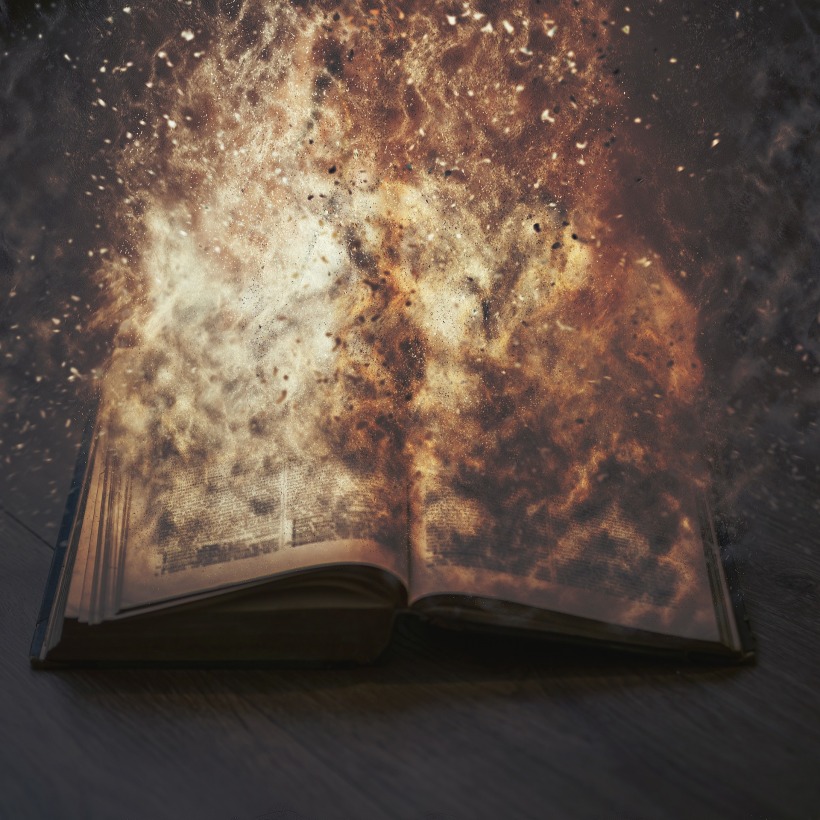- 1984 by George Orwell

Released in 1949, George Orwell’s 1984 was a response to the end of World War 2 and the start of the Cold War. Many of its cultural references such as “big brother”, “group think”, “thought crime” and “newspeak” are still in common use 67 years later. It was the basis for the term “Orwellian” which is often used to describe heavy authoritarian societies. The main themes of surveillance, censorship and nationalism are still relevant today.
How does it read today?
It’s very clumsily written with a good third of the book is Orwell bombastically describing the history of their society like a textbook. The plot itself is fairly thin and moves at a glacial pace. There are so many other works out there exploring the same themes that you’d be excused if you only have read the Wikipedia page instead of the work itself.
That being said, despite the fact you’re reading about a future set over 30 years in the past it still have relevance today and if you understand the true historical context of the book (being one of the first modern post World War 2 dystopian works) and its cultural influence, it is worth a read. However if you’re looking for a great moving plot, characters and an easy to read writing style. Give this one a miss.
- Fahrenheit 451 by Ray Bradbury

Published in 1953, it was a response to censorship and the dumbing down of society in general by television and other mass media. It is set in a future society where books are outlawed and firemen burn any they find. The date isn’t actually specifically stated in the book although if you do research 2053 seems to be a common answer. So technically, it’s still considered the future although you can immediately tell it was written pre-2000 as there is no mention of the internet or mobile phones so that’s how I’m allowing it in on the list. Funnily enough, it has found itself of banned book lists many times in it 63 year publication history.
How does it read today?
It’s actually a very short book and the writing style is easy to read. The themes are still incredibly relevant over 60 years later and the only thing that gives away the age of the book is the absence of the internet and mobile phones. Otherwise, you could be reading an accurate future for our current society. Definitely worth reading on its own even without the historical context that inspired the author.
- The Handmaid’s Tale by Margaret Atwood

I’m going to be upfront about this – The Handmaid’s Tale is the one book I’d take on a deserted island to read. It has been a huge influence on me as a writer so I will try my best not to let that influence my analysis too much.
Published in 1985, the Handmaid’s Tale is set in a near future North America where a totalitarian Christian organisation overthrows the US government and establish the republic of Gilead based on Old Testament religious fanaticism, part of this is severely limiting women’s rights. While the timeframe it is set isn’t specifically stated, it is mentioned that the birth rates started tapering off in the 1980’s so it’s assumed its set in the early 2000’s. It explores the themes of gender, religion, politics and the power of language.
How does it read today?
It is an easy to read book with relevant themes and requires absolutely zero need for historical context. It could have been written today as the idea of the Gilead government is to regress society, therefore references to outdated technology make complete sense.
- Do Androids Dream of Electric Sheep by Phillip K Dick

Published in 1968, Do Androids Dream of Electric Sheep is set in 1992 post-apocalyptic San Francisco where a nuclear war has destroyed much of the environment. The UN encourages people to migrate to off world colonies by using the incentive of free androids. Androids are banned on Earth to further assist this process. The themes focus on what it means to be human and what is reality.
How does it read today?
Phillip K Dick’s style of writing is designed so you need to reread his work to get every meaning. It’s difficult as its classic scifi that predicts nuclear war, robots and flying cars which all feel incredibly dated in today’s society. Being a child of the 90’s meant that the immediate threat of nuclear war wasn’t something I experienced as I missed the Cold War. The thing that saves it is this isn’t a book about robots or nuclear war but about the classic age old question “what does it mean to be human?” I also recommend you read the book before you watch the very well-known film adaption Blade Runner as they are two very different beasts but both amazing.
I really should have talked about Brave New World as well but I haven’t got around to reading it yet. What are your thoughts of on these books? Are there any I should have also explored? Start a conversation by commenting below or sharing on social media.
Hi Emma, Although not my genre at all, I enjoyed your post. The only book I read is 1984, and it is a while ago…Thanks for sharing your thoughts on these books.
LikeLiked by 1 person
Thanks Bettina. Good to know I’m doing something right. 🙂
LikeLike
Atwood’s Oryx & Crake books don’t fall into this category yet, I guess, but it won’t be long before they do. That’s something I appreciate about Atwood’s speculative fiction – it’s not dependent on distant technological developments.
LikeLiked by 1 person
I think it’s why Atwood firmly states she doesn’t write science fiction because her work isn’t too reliant on technology, it’s usually based on something that could plausibly happen. Makes her work fairly timeless.
LikeLike